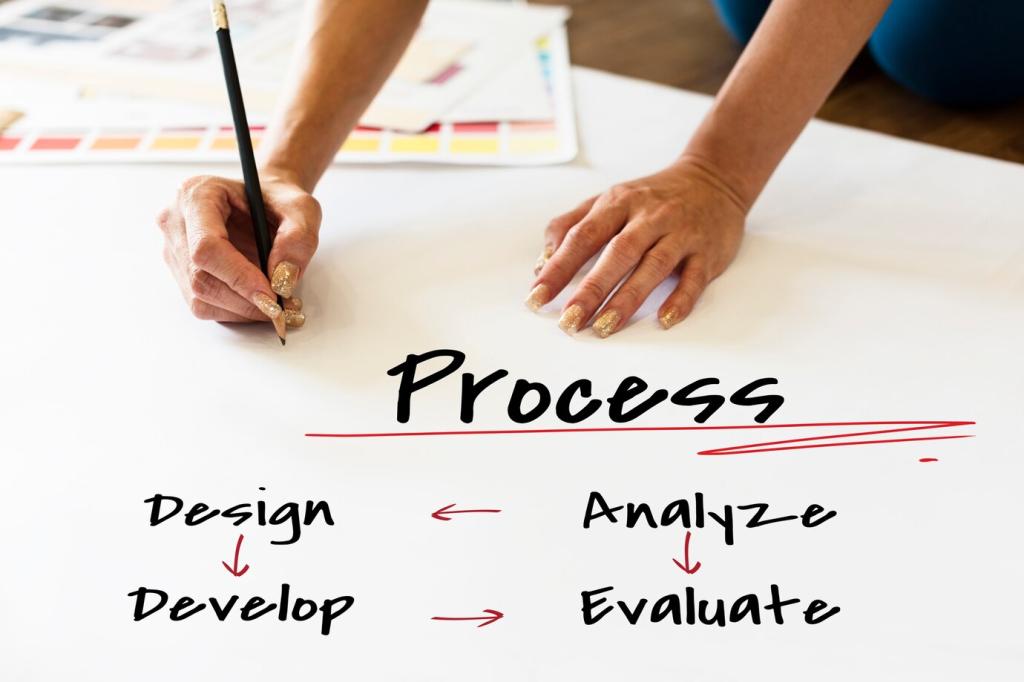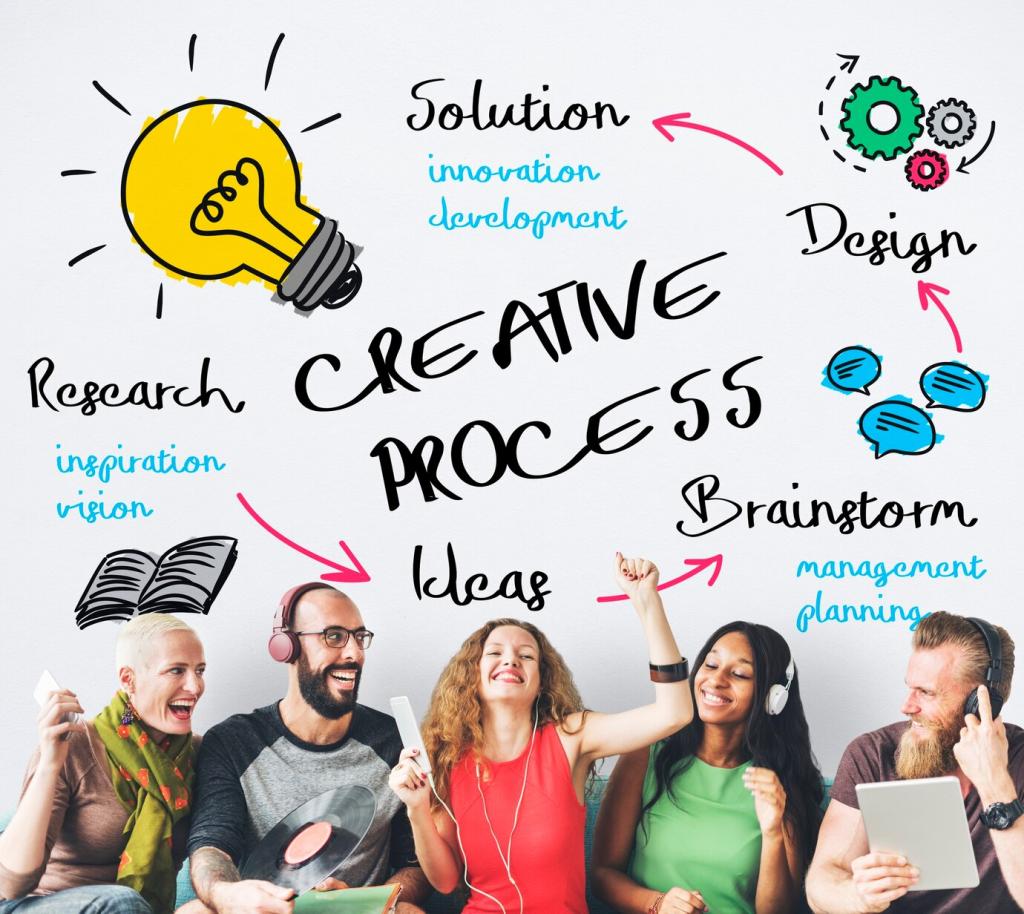Leading with EI in Remote and Hybrid Teams
Make cameras optional, not moralized, and create alternate ways to read the room: pulse polls, round-robins, and chat prompts. Shorter agendas with explicit check-ins generate attention, reduce misunderstandings, and protect energy across time zones.
Leading with EI in Remote and Hybrid Teams
Write messages with context, intent, and a clear ask. Use tone markers sparingly to avoid confusion. Assume positive intent, invite clarifying questions, and summarize agreements so collaboration remains humane even when schedules barely overlap.









